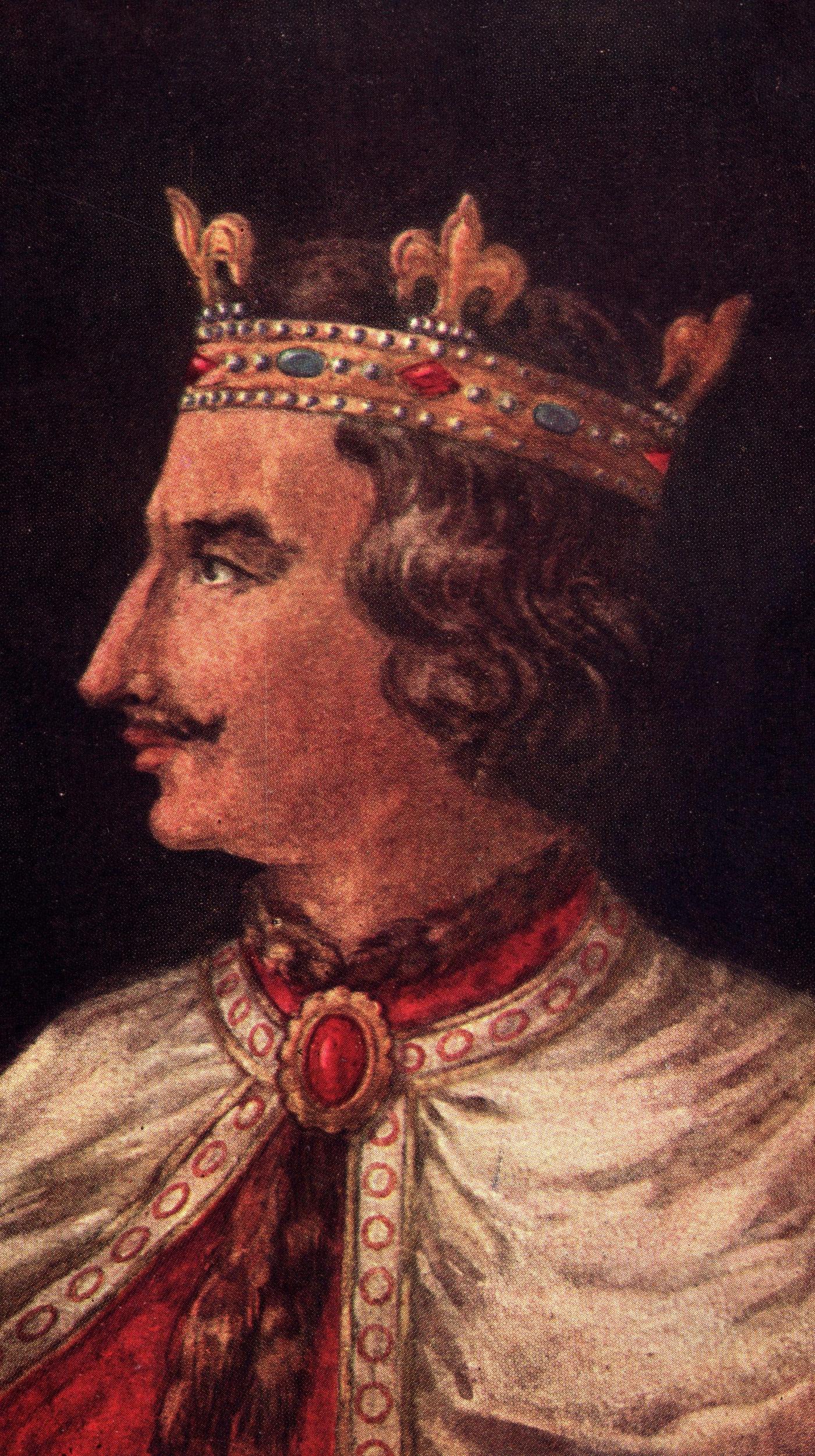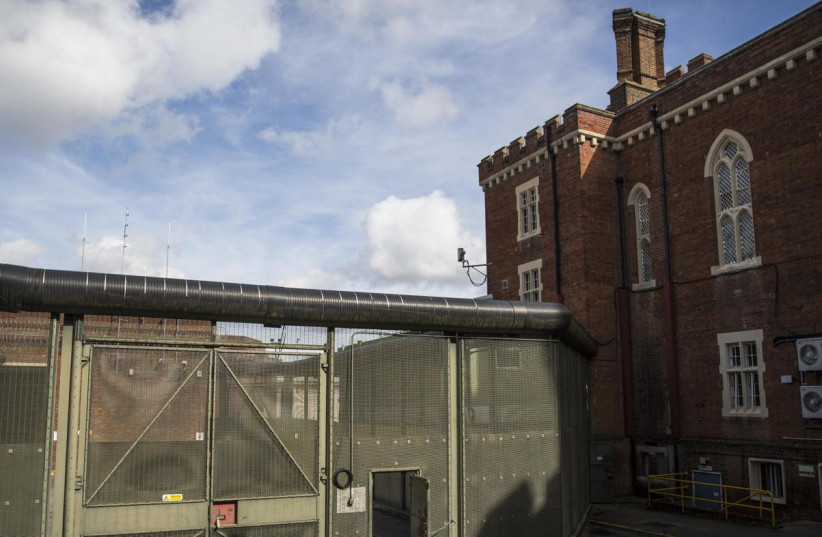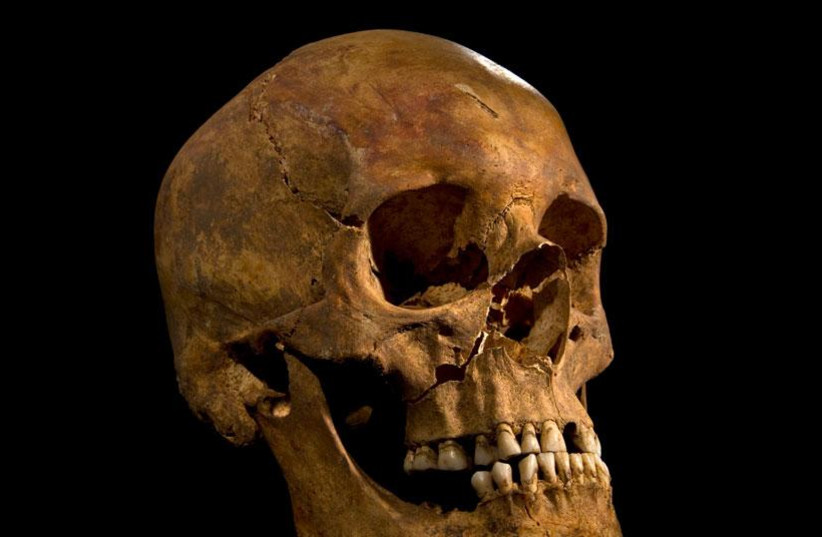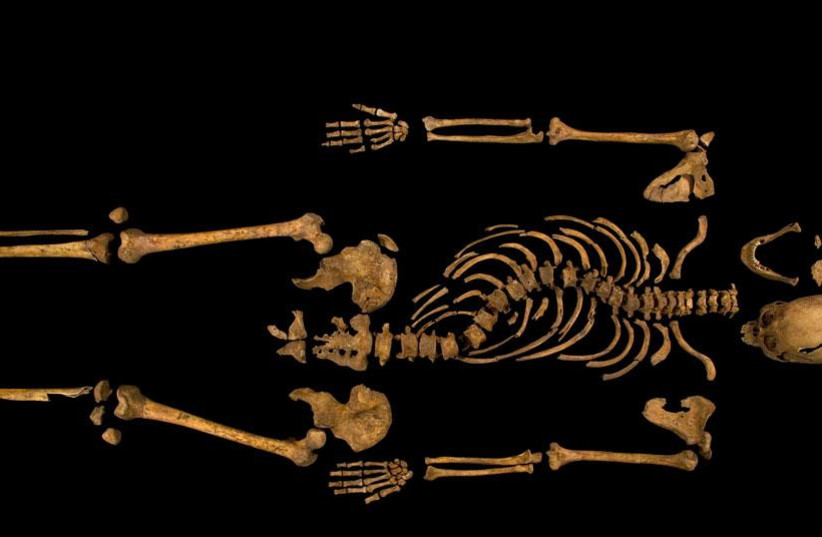Unveiling King Richard III's Resting Place
Just over ten years ago, historian Philippa Langley and her team made a groundbreaking announcement. They had successfully identified the skeleton discovered beneath an English parking lot as belonging to King Richard III. This revelation resolved a centuries-old enigma and left an indelible mark on historical records. Richard III, depicted in literature, particularly Shakespeare's works, as a deformed hunchback and ruthless murderer, finally found his place in history. Langley's meticulous research and intuition led her to the precise burial spot, cementing a pivotal moment in historical investigations.
Inspired by her triumph with Richard III, Philippa Langley embarks on a new quest: the search for the remains of King Henry I. Using a combination of exhaustive research and instinct, Langley has set her sights on an unexpected location—the parking lot owned by the Ministry of Justice at Reading Prison. It is here, beneath a parking space marked with the letter 'K,' that Langley believes Henry I, Richard III's predecessor by almost four centuries, may find his eternal rest. This ambitious endeavor has been christened "The Hidden Abbey Project."

The Intriguing Saga of King Henry I
Henry I, the fourth son of William the Conqueror, unexpectedly ascended to the throne in 1100. Despite his initial lack of ambition, Henry proved to be a formidable ruler, earning the epithet "Lion of Justice." Notably, he holds the record for having fathered the largest number of illegitimate children among English monarchs, with approximately 20 to 25 offspring born out of wedlock. Henry pursued a strategic approach to power consolidation, marrying off his daughters to various lords and princes to forge crucial alliances. His reign marked significant advances in governance, curbing royal authority, and the controversial decision to designate his daughter as his heir.

Following Henry I's demise on December 1, 1135, historical accounts indicate that he was interred at Reading Abbey. However, determining the exact location of his burial has proven challenging due to the abbey's extensive transformations and eventual destruction. Today, a plaque stands at the spot believed to be the former high altar, traditionally associated with Henry's resting place. Yet, Philippa Langley's meticulous research suggests that the altar may have been relocated, leading historians astray in their search. To unravel this mystery once and for all, Langley founded The Hidden Abbey Project.

In 2016, The Hidden Abbey Project gained momentum when a ground-penetrating radar search revealed what appeared to be two stone coffins—possibly containing the remains of Henry I and Constance of York—within the former prison car park. These findings have fueled ongoing research to uncover the hidden history of the site. Historian Nigel Jones and other supporters acknowledge that finding Henry I's grave would be a monumental achievement, rivaling the discovery of Richard III's remains. Such a revelation would not only shed light on an influential king but also thrust Reading into the annals of history.

If Philippa Langley's tenacity and efforts yield success, the ultimate goal is to erect a monument at Henry I's burial site. This commemoration would ensure that Henry I is no longer relegated to obscurity but is celebrated as a significant figure in English history. In parallel with Richard III's story, Henry I's tale would become another astonishing chapter unearthed beneath a parking lot. Philippa Langley's unwavering determination, coupled with her commitment to rewriting history, demonstrates the captivating nature of historical investigation and its capacity to reshape our understanding of the past.
